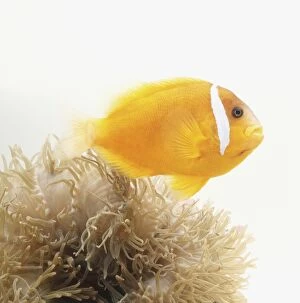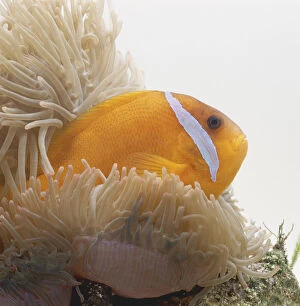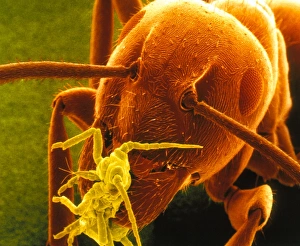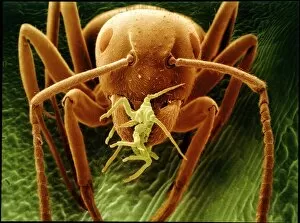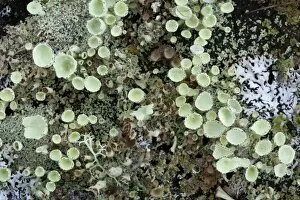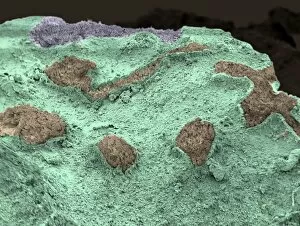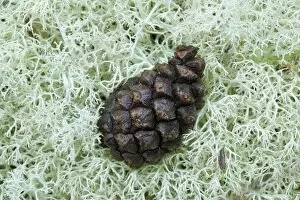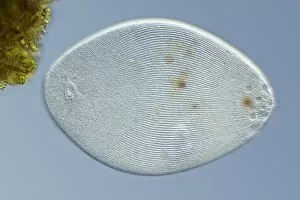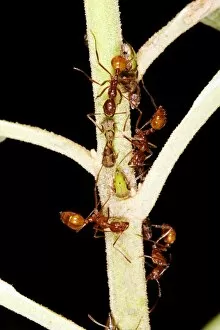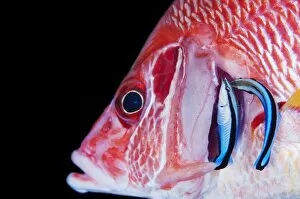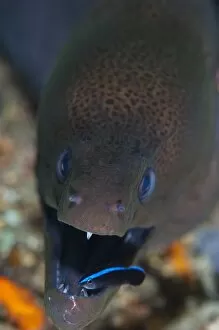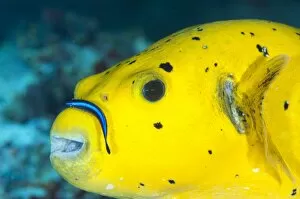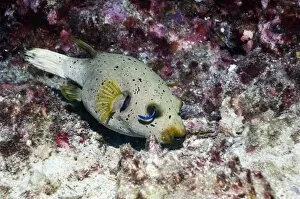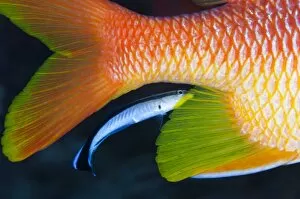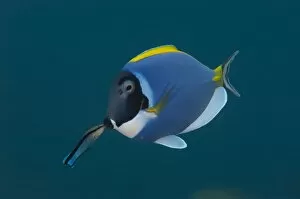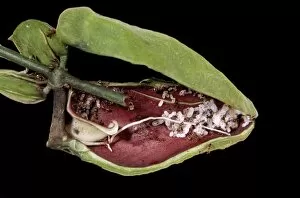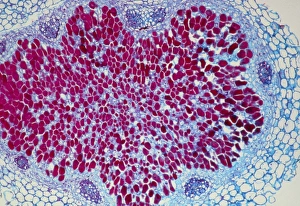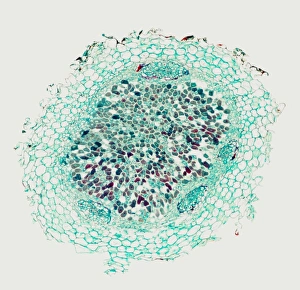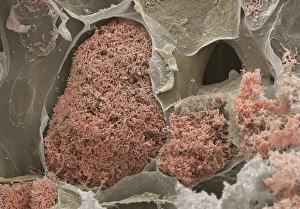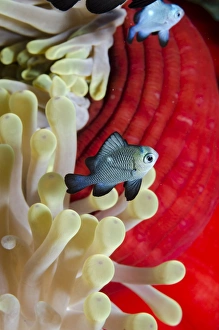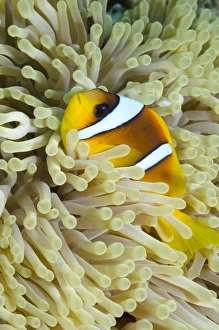Symbiosis Collection (page 9)
"Symbiosis: Nature's Harmonious Dance of Life" Twoband anemonefish and their sea anemone homes form a perfect partnership
All Professionally Made to Order for Quick Shipping
"Symbiosis: Nature's Harmonious Dance of Life" Twoband anemonefish and their sea anemone homes form a perfect partnership, providing protection and food for each other in the vibrant coral reefs. Fly agaric fungi and trees engage in a fascinating symbiotic relationship, as the fungi help nourish the tree roots while receiving nutrients from them in return. Manta Rays gracefully glide through the Pacific Ocean with remora fish attached to their bodies, benefiting from cleaner fish removing parasites while offering transportation to these hitchhikers. As dawn breaks over Richmond Park, a majestic deer basks in the warm glow of sunlight, showcasing nature's symbiotic connection between animals and their environment. Spine-cheek Anemonefish find refuge within Sea Anemones' tentacles while providing them with food scraps—a beautiful example of mutualism found in tropical Indo-Pacific waters. Cup lichen thrives on rocks like Cladonia floerkeana, forming a mutually beneficial alliance where lichen provides shelter for algae that produce energy through photosynthesis. Lichen species Teloschistes chrysophthalmus demonstrates its resilience by surviving harsh conditions through its unique symbiosis between fungi and algae—an extraordinary collaboration. False clown anemonefish finds solace amidst colorful sea anemones, gaining protection from predators while bringing tidbits of food back to their hosts—truly harmonious teamwork. Giant manta rays soar majestically overhead as they navigate Mexican waters; these gentle giants offer sanctuary to smaller marine creatures seeking safety beneath their vast wingspan. Black rhinoceroses roam African landscapes embodying interconnectedness with plants—they disperse seeds allowing new life to flourish—a testament to nature's intricate web of relationships. Customers indulge in relaxation at a fish spa where doctor fish provide foot massages—an unconventional symbiotic bond between humans and these tiny aquatic therapists.

